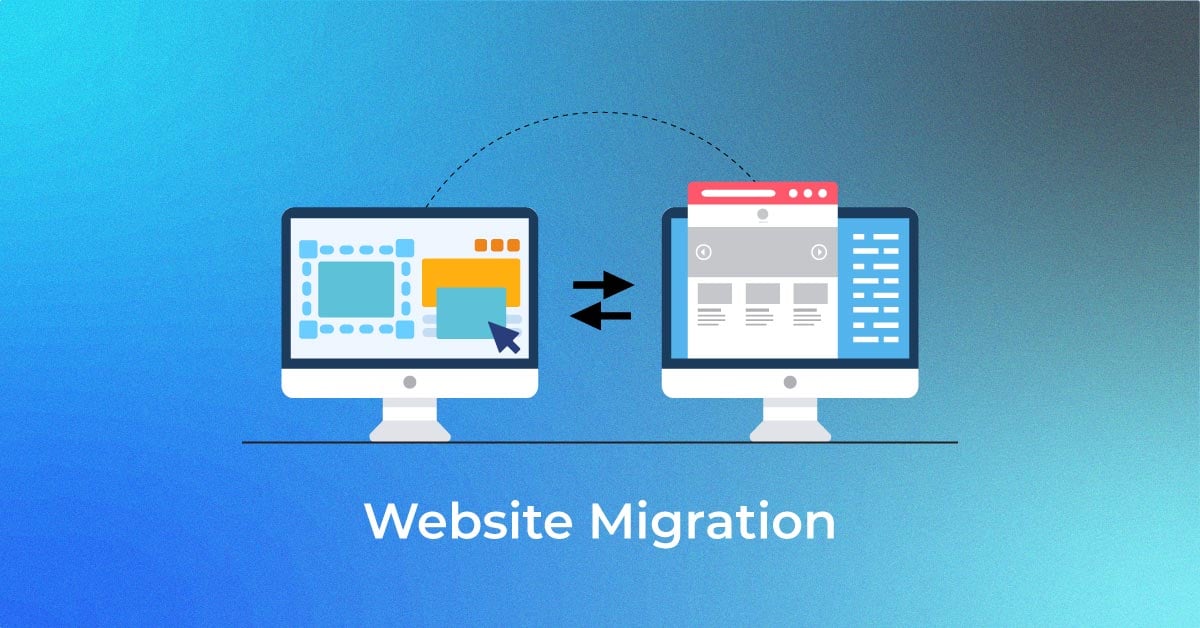
How SaaS Works
Table of Contents
ToggleSaaS operates on a subscription basis, where users pay a recurring fee to access the software. The service provider manages all aspects of the software, including infrastructure, maintenance, and security. Users simply log in through a web browser to access the application, eliminating the need for complex installations or hardware requirements. This setup ensures that users always have access to the latest version of the software without needing to manually update it.
Key Features of SaaS
SaaS applications are designed to be highly accessible and user-friendly. One of the main features is accessibility from any location with an internet connection, allowing users to work remotely or on the go. Automatic updates ensure that all users have the latest features and security enhancements without manual intervention. Scalability is another critical feature, enabling businesses to adjust their usage and subscription plans according to their needs, making it ideal for growing companies.
Benefits for Businesses
Businesses can reap numerous benefits from adopting SaaS. One of the most significant advantages is cost savings. With SaaS, there is no need for large upfront investments in hardware or software licenses. Instead, businesses pay a manageable subscription fee, which can be adjusted based on usage. SaaS also reduces the burden on IT departments, as the service provider handles maintenance, updates, and security, allowing IT staff to focus on more strategic initiatives. Additionally, SaaS can enhance collaboration and productivity by enabling real-time data sharing and communication across teams.
Popular SaaS Applications
Many widely-used software applications are delivered through the SaaS model. Examples include customer relationship management (CRM) tools like Salesforce, project management platforms like Asana and Trello, and communication tools like Slack and Zoom. These applications are popular across various industries due to their ease of use, accessibility, and comprehensive feature sets. SaaS applications are continually evolving, with providers regularly introducing new functionalities and integrations to meet the diverse needs of their users.
Security and Compliance
Security and compliance are crucial considerations for SaaS providers and users. Given that SaaS applications often handle sensitive data, providers must implement robust security measures to protect against breaches and cyberattacks. This includes data encryption, secure authentication mechanisms, and regular security audits. Additionally, SaaS providers must comply with relevant regulations and standards, such as GDPR for data protection and HIPAA for healthcare information. Adhering to these standards ensures that the applications are secure and trustworthy for users.
Challenges of SaaS
Despite its many benefits, SaaS also presents certain challenges. Data privacy is a common concern, as users must trust the provider with their sensitive information. Service outages and downtime can disrupt business operations, highlighting the importance of choosing a reliable provider. Additionally, integrating and managing data across multiple SaaS applications can be complex. To mitigate these challenges, users should thoroughly evaluate SaaS providers, considering factors such as reliability, security, and customer support.
Future of SaaS
The future of SaaS is promising, with continued growth and innovation on the horizon. As technology advances, SaaS applications are expected to become even more sophisticated, offering enhanced capabilities and greater customization. Artificial intelligence (AI) and machine learning (ML) are likely to play a significant role in the evolution of SaaS, enabling more intelligent and automated features. The rise of edge computing and 5G networks will further enhance the performance and accessibility of SaaS applications. As businesses increasingly adopt cloud-based solutions, SaaS will remain a key driver of digital transformation.








